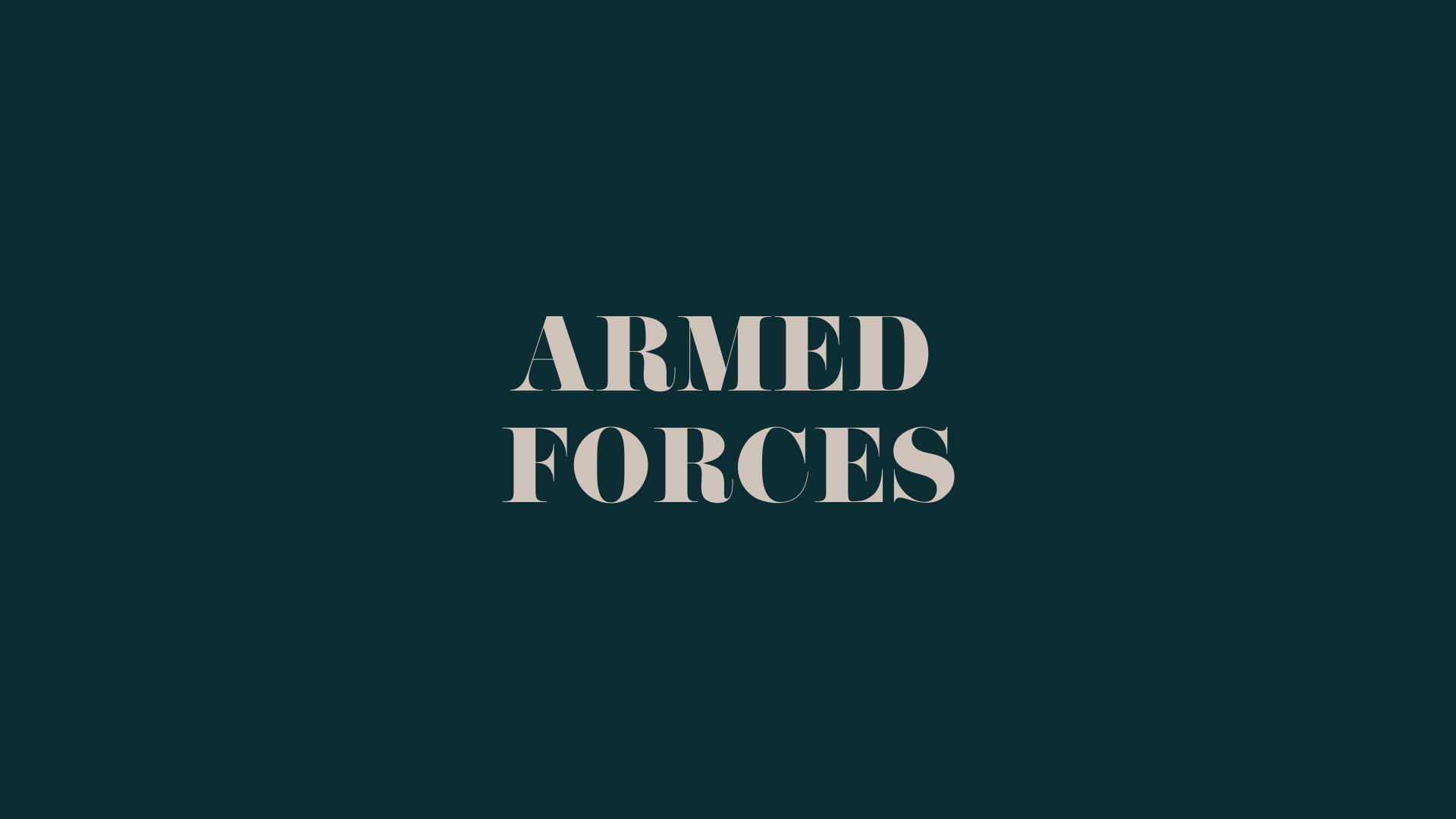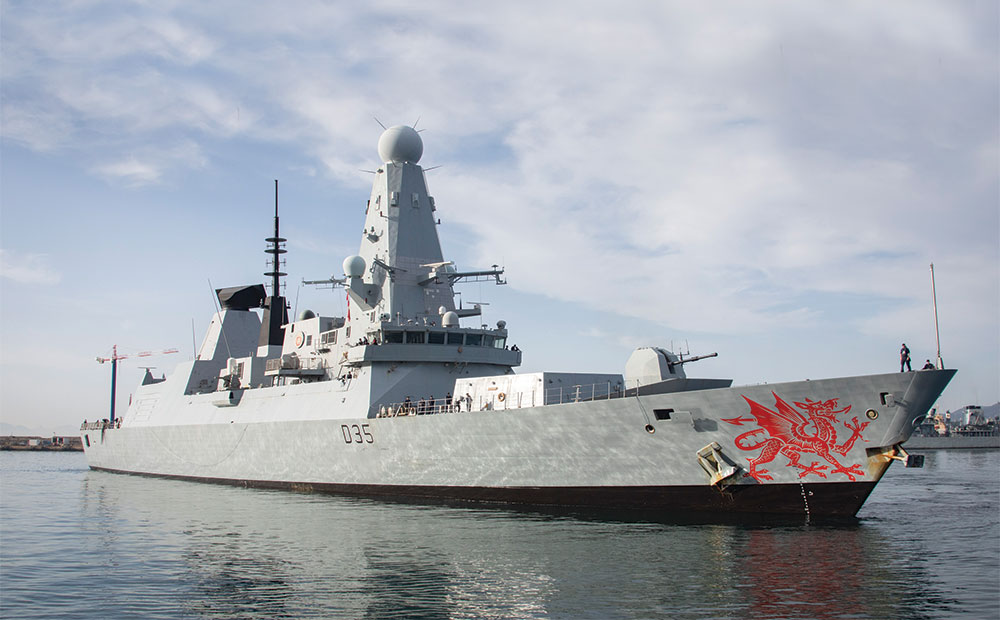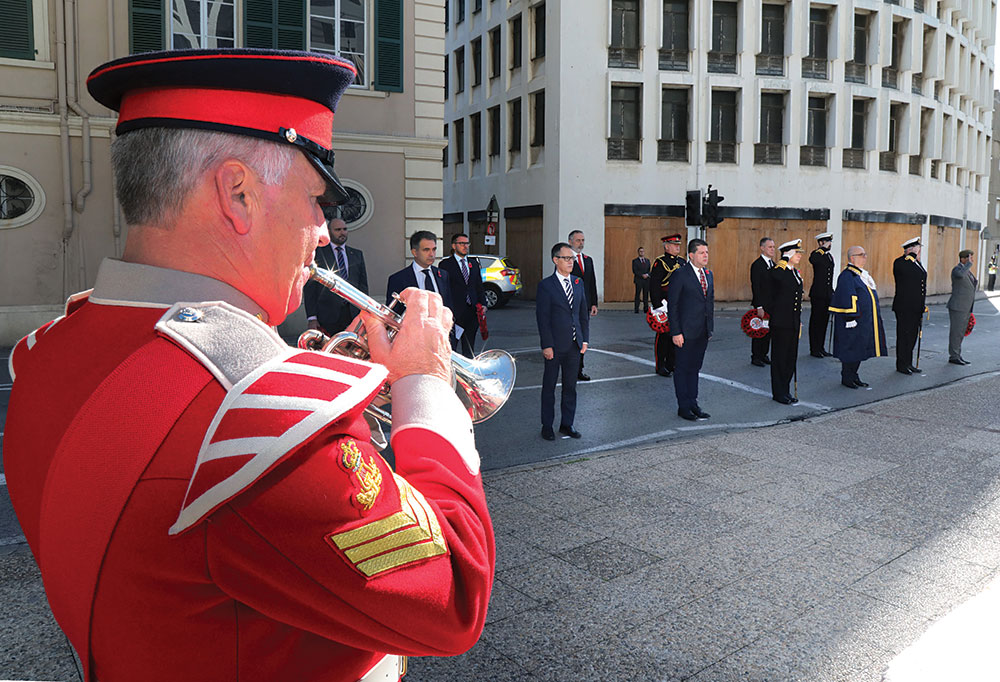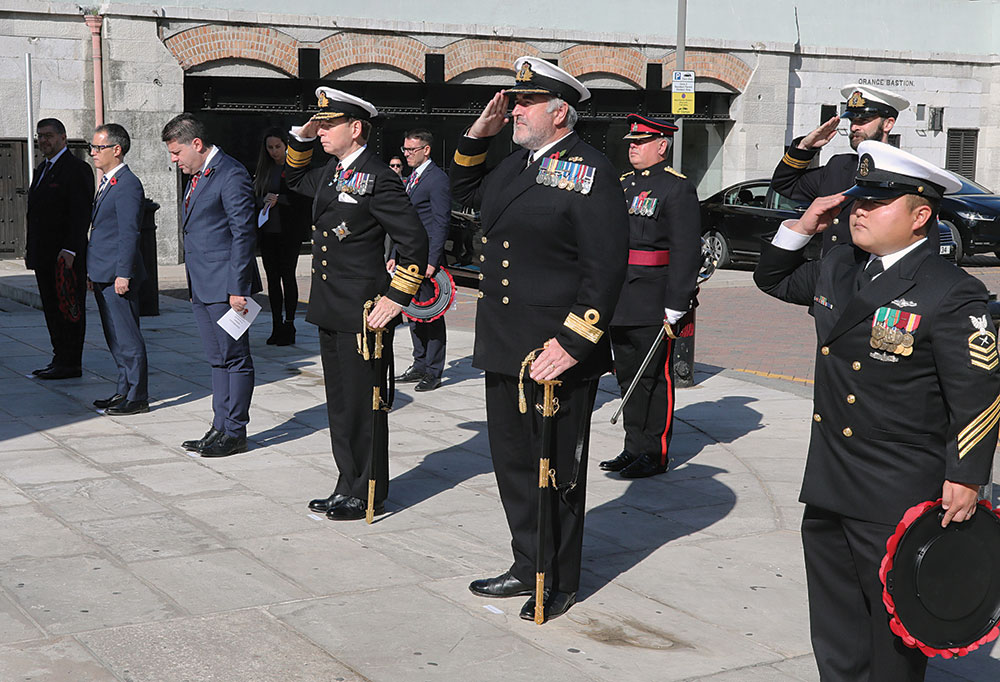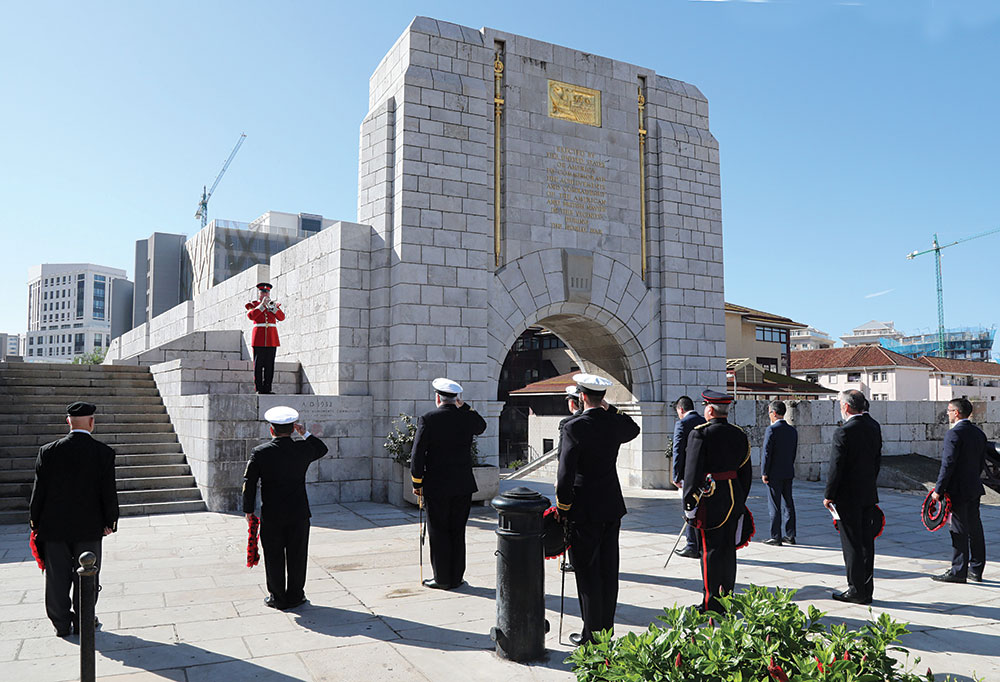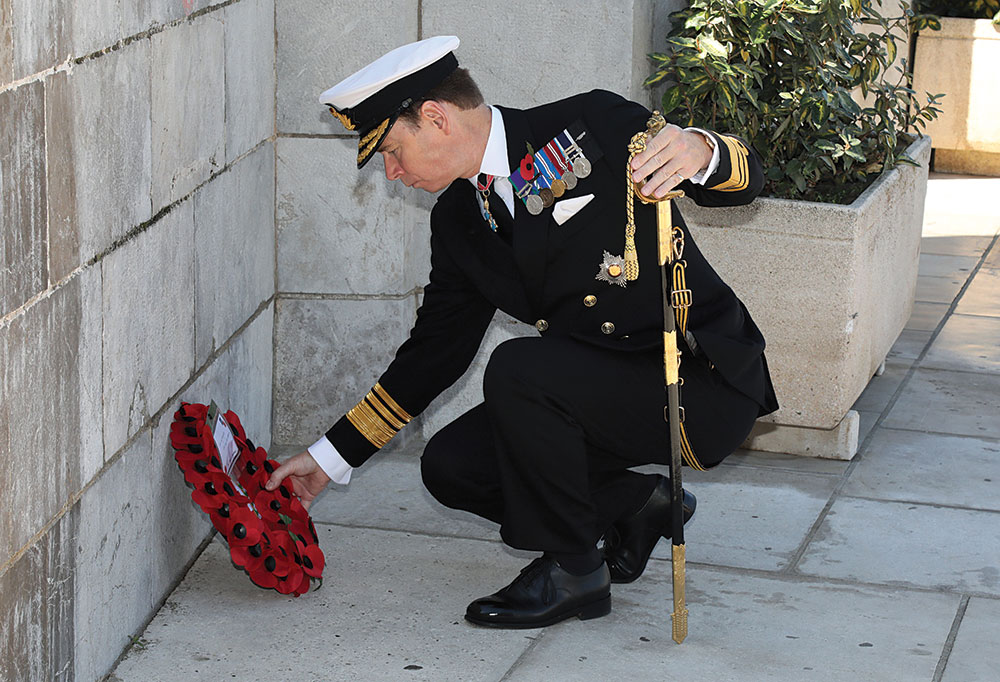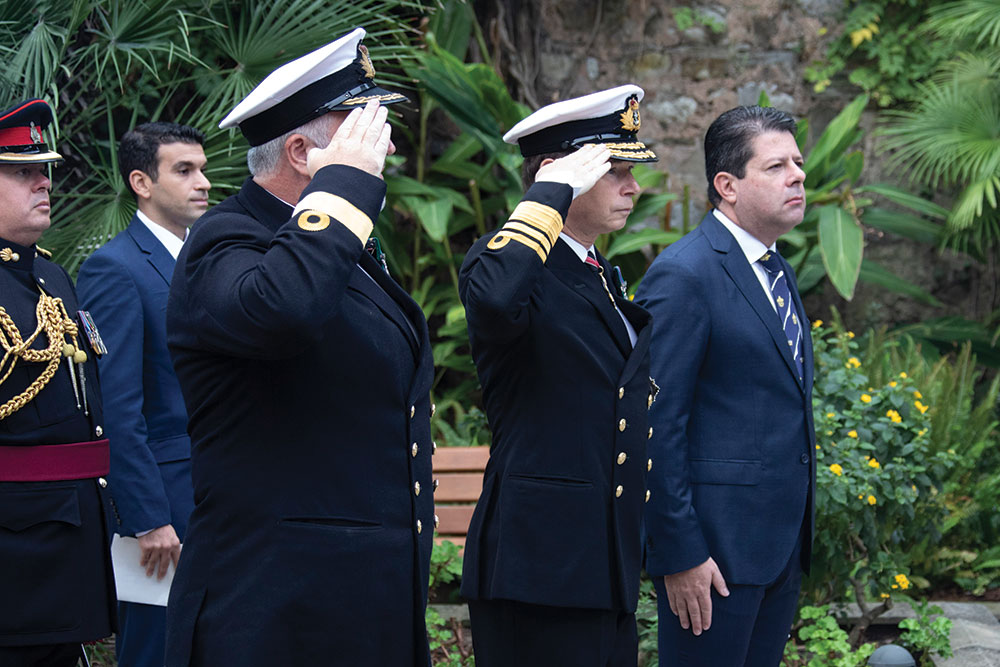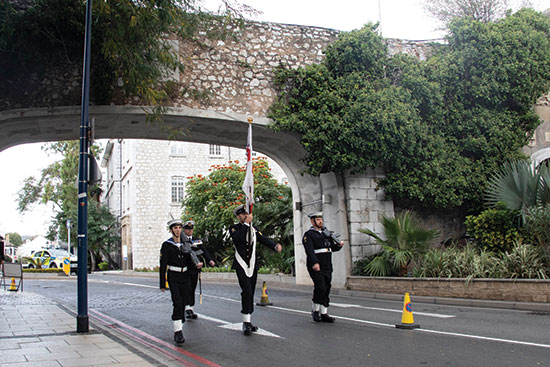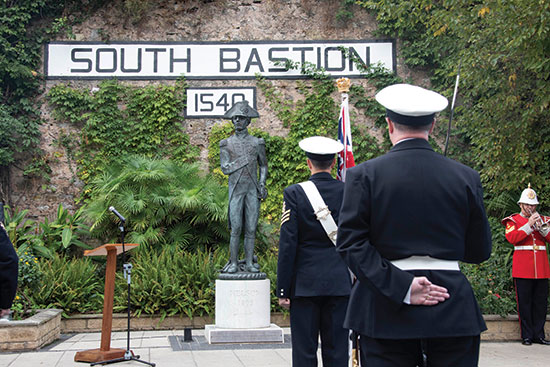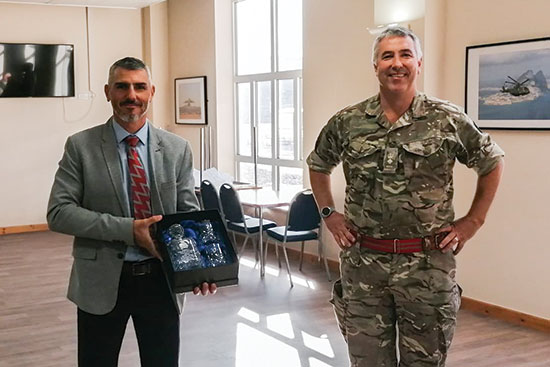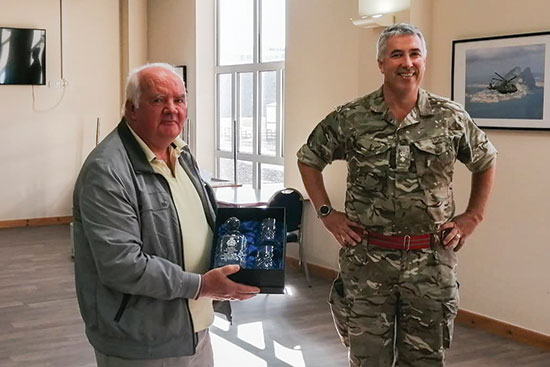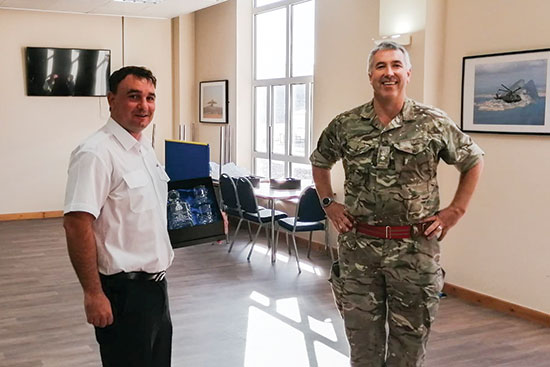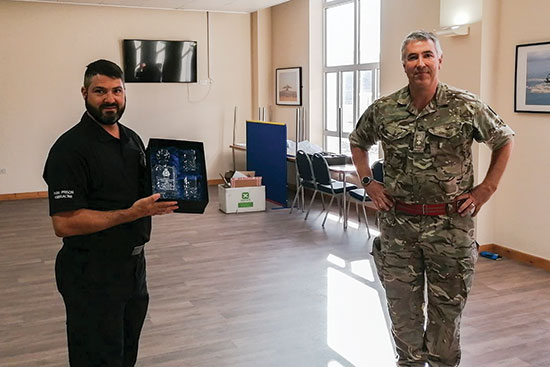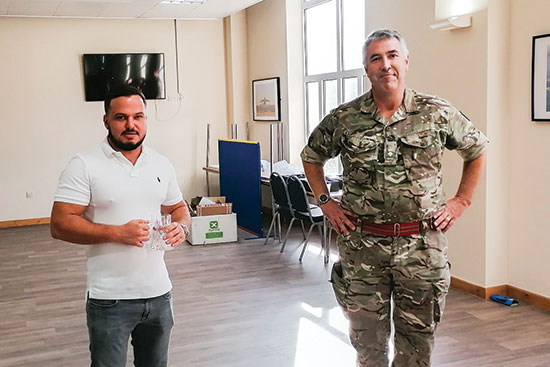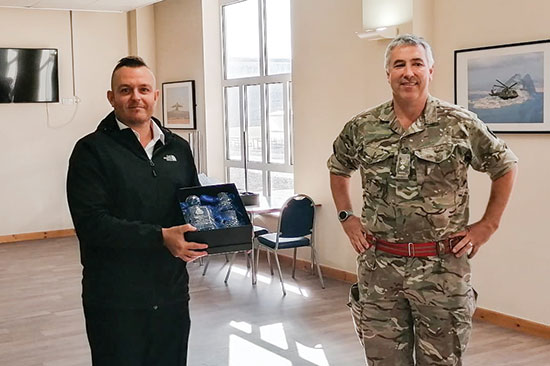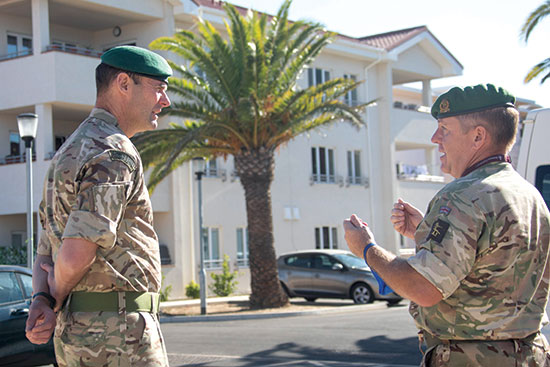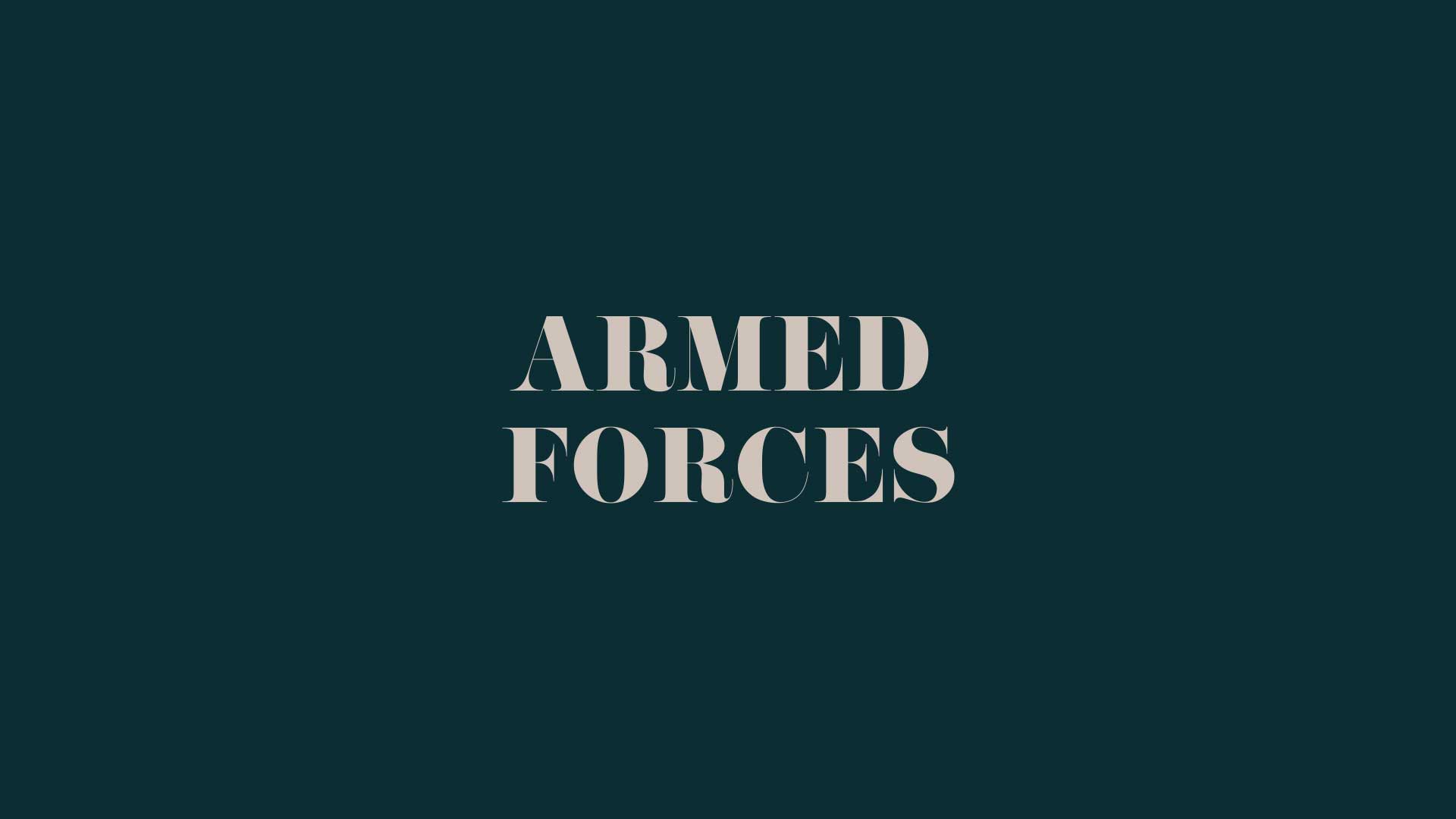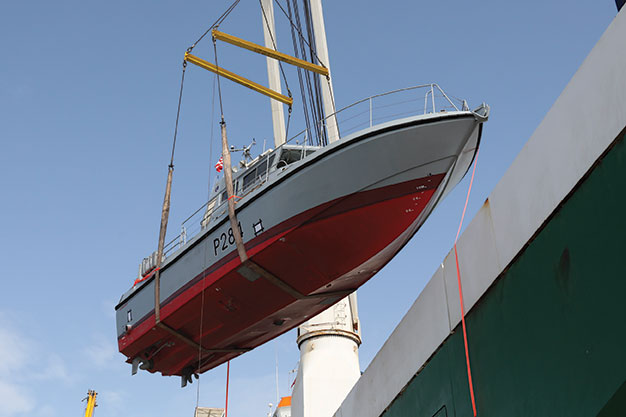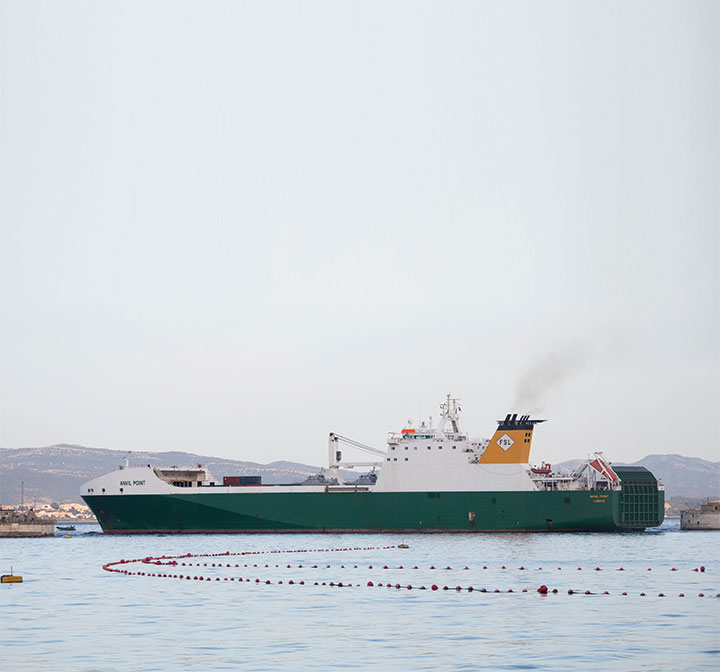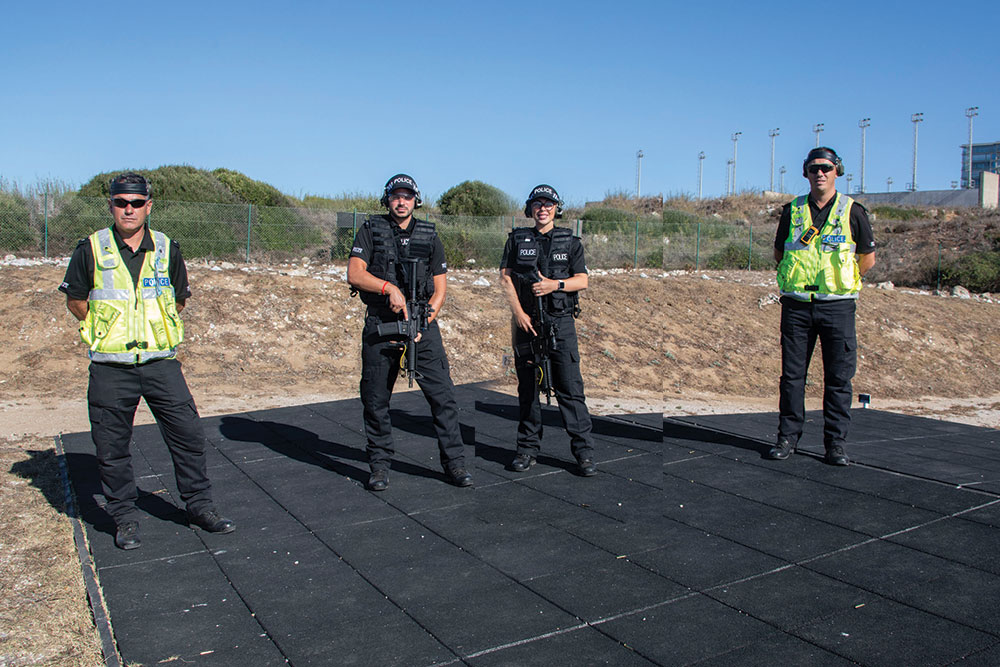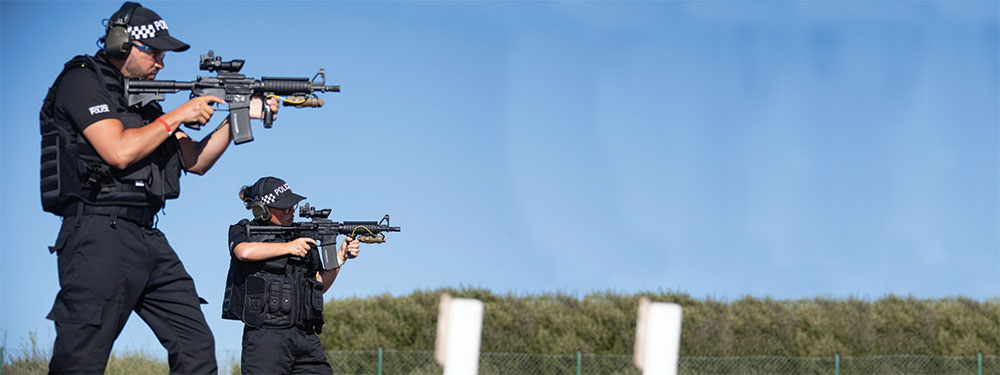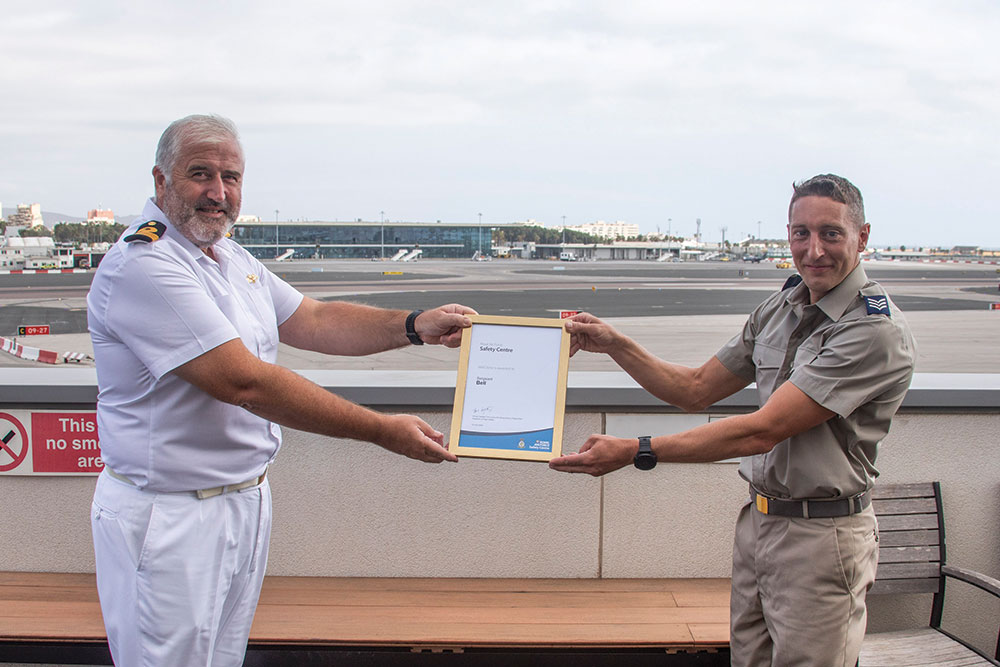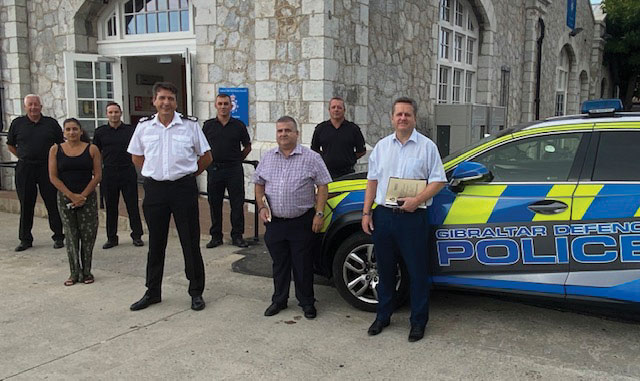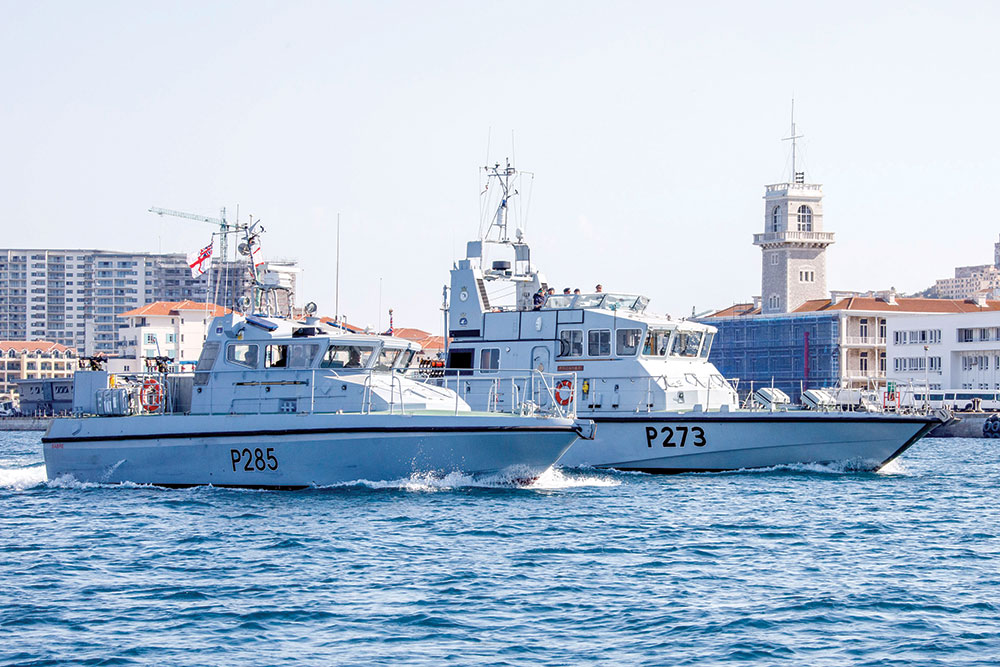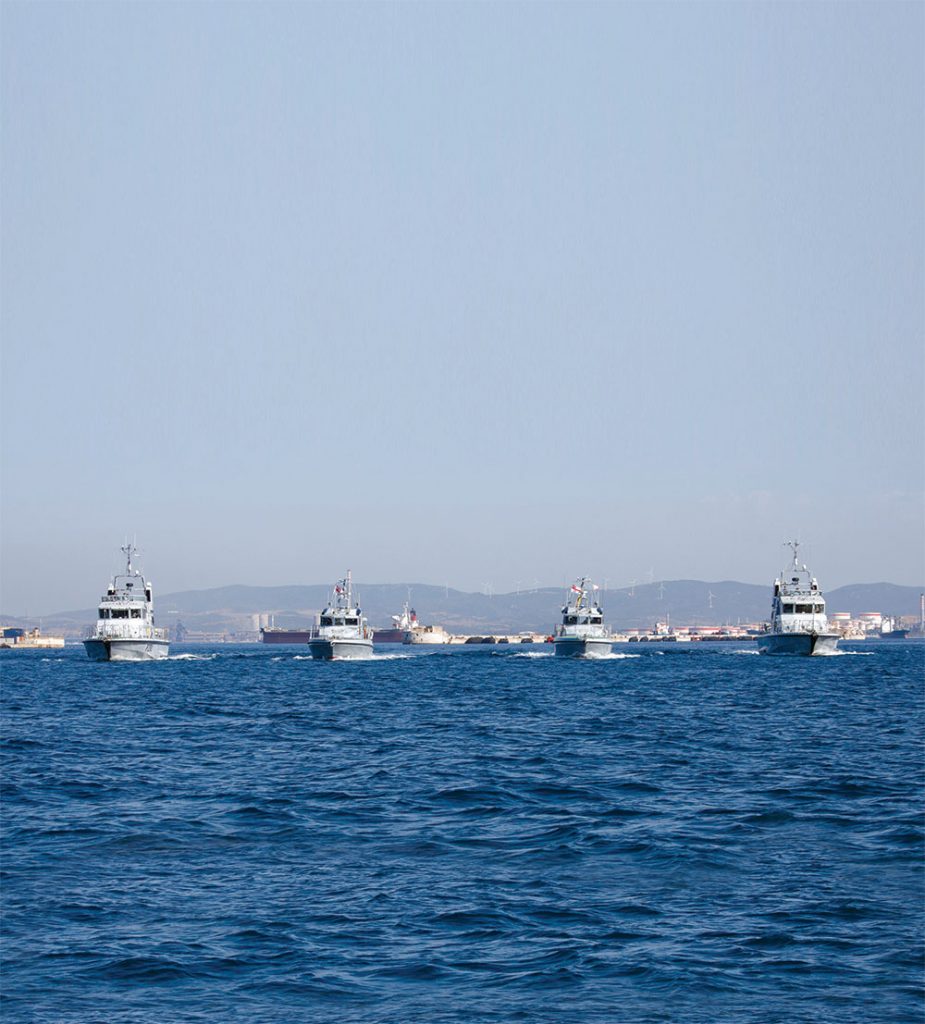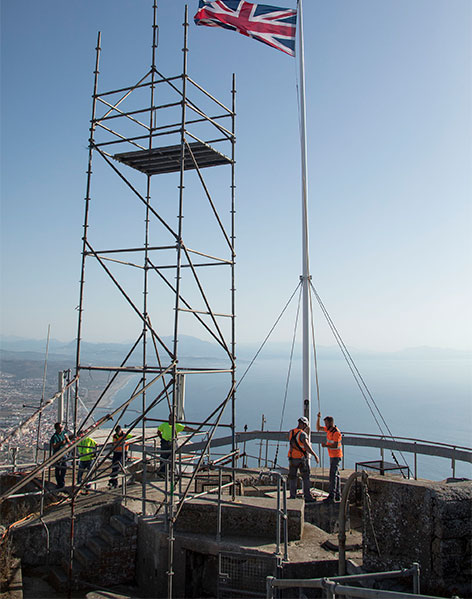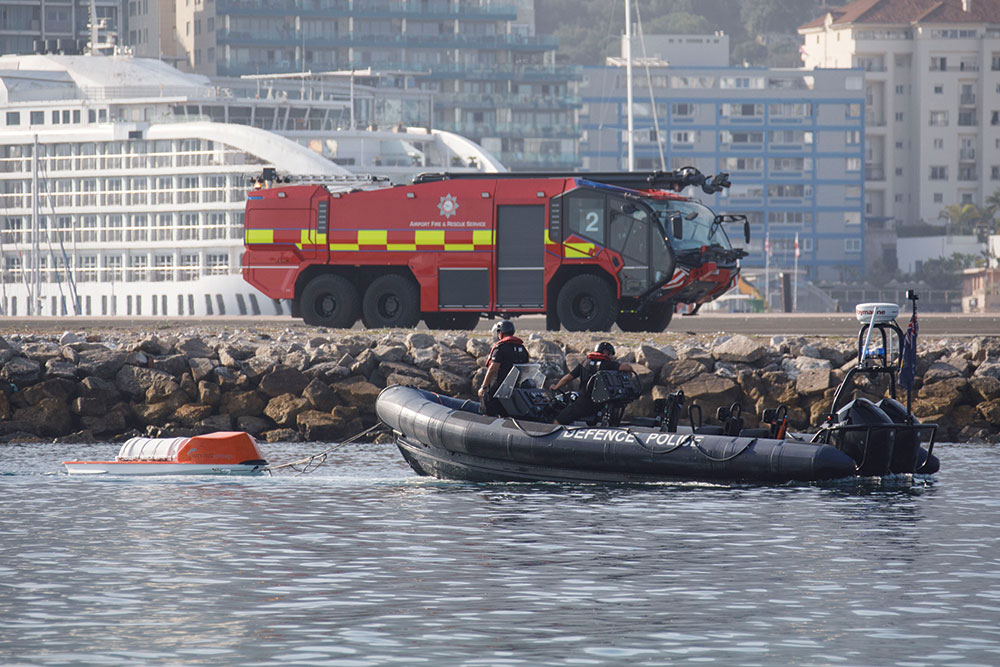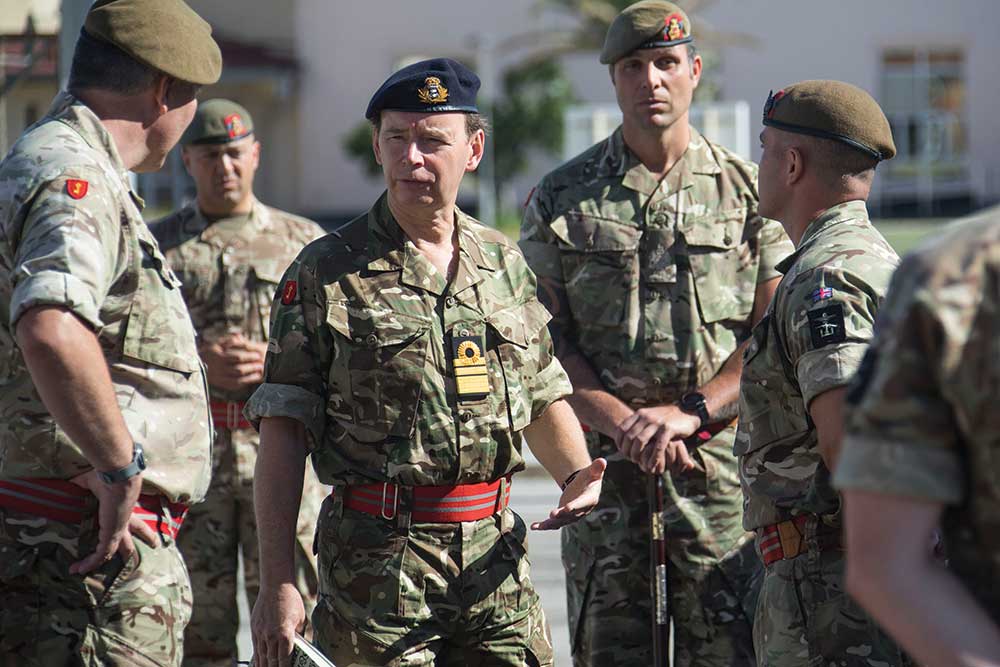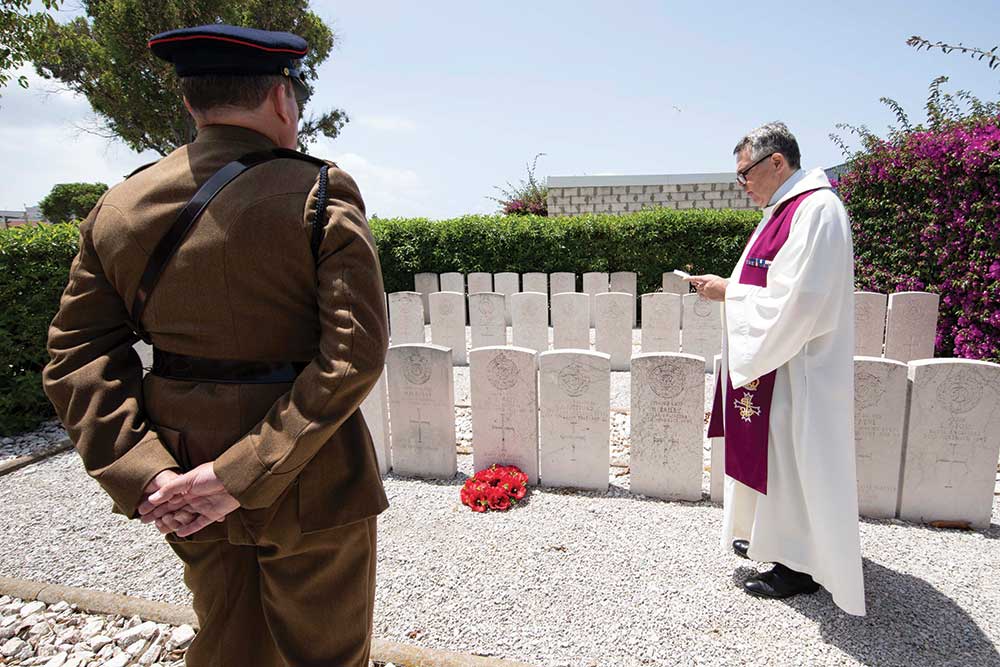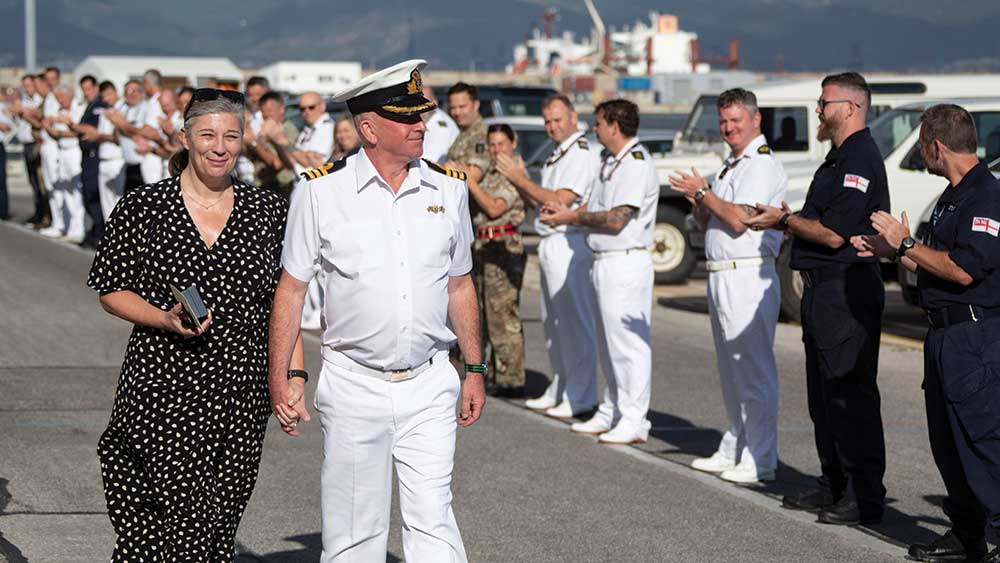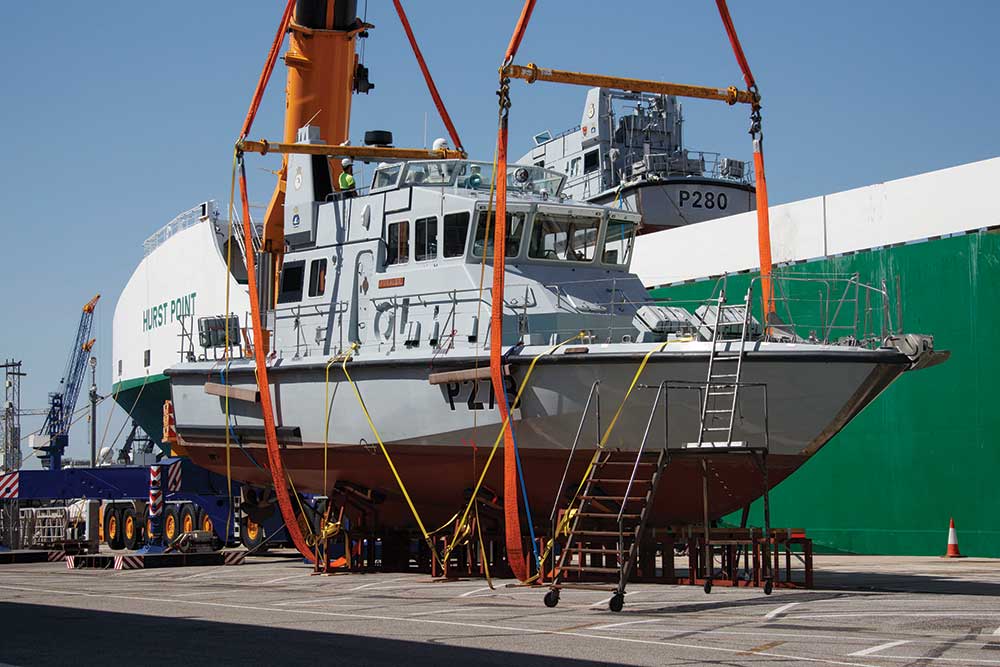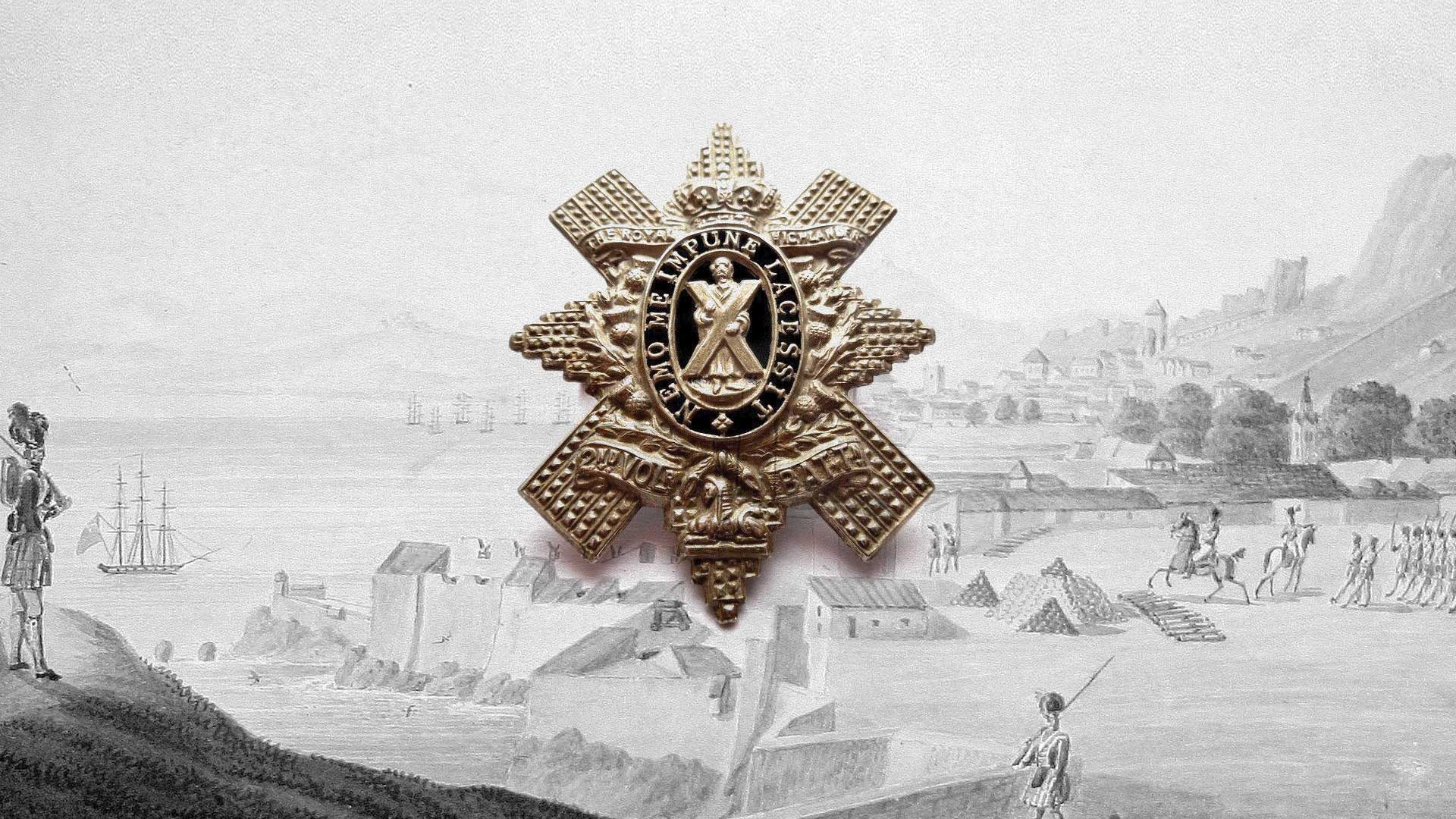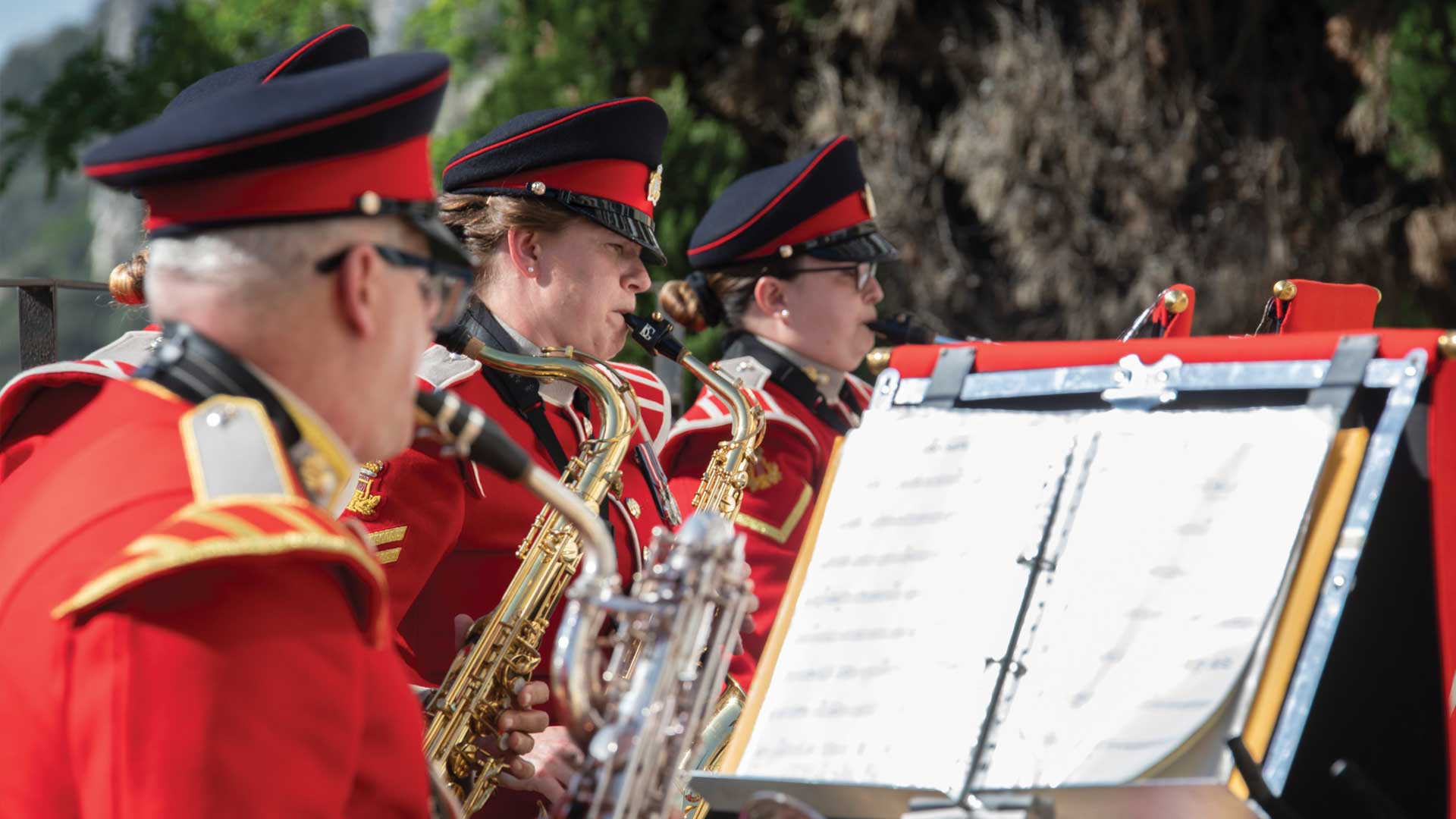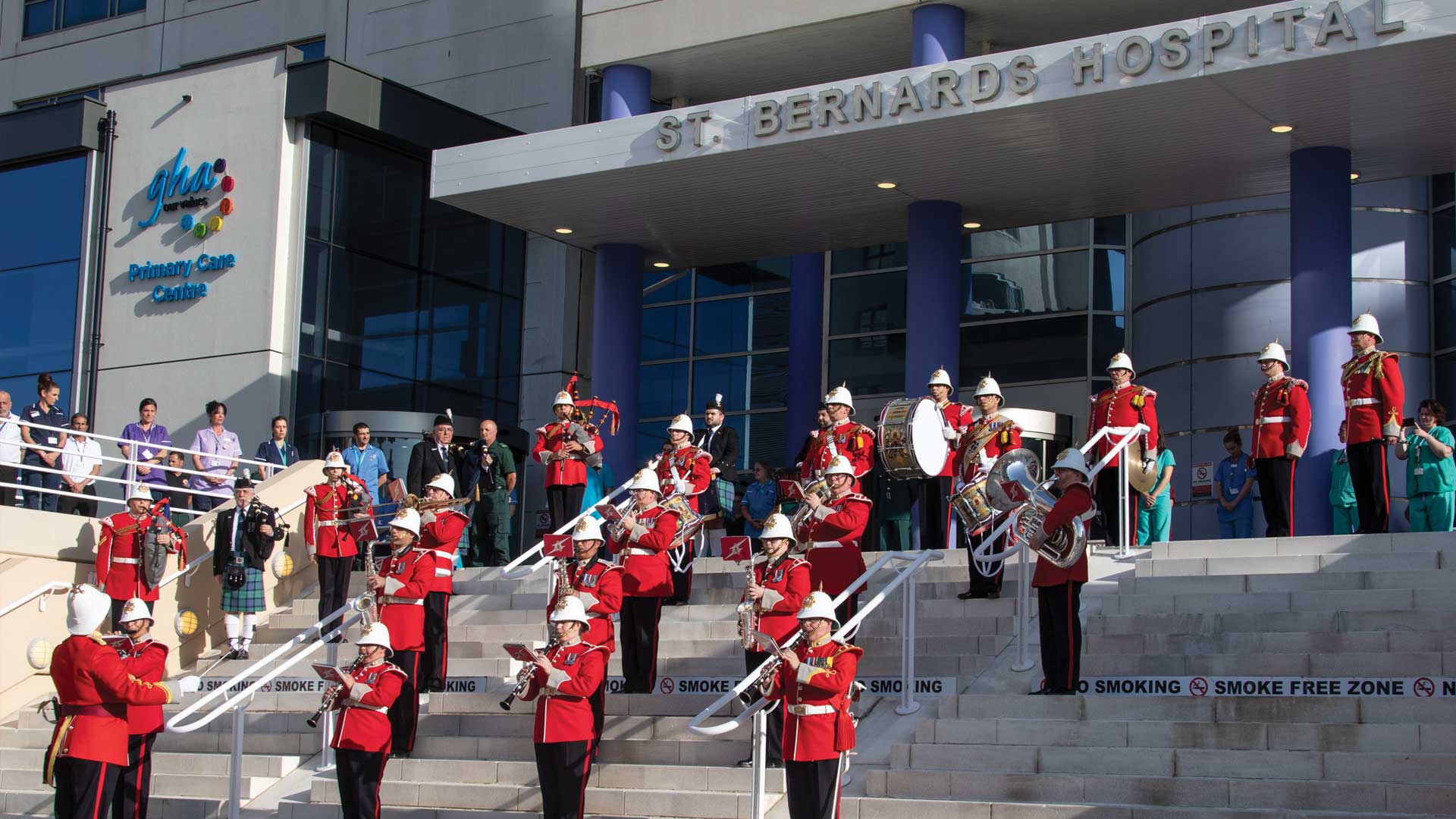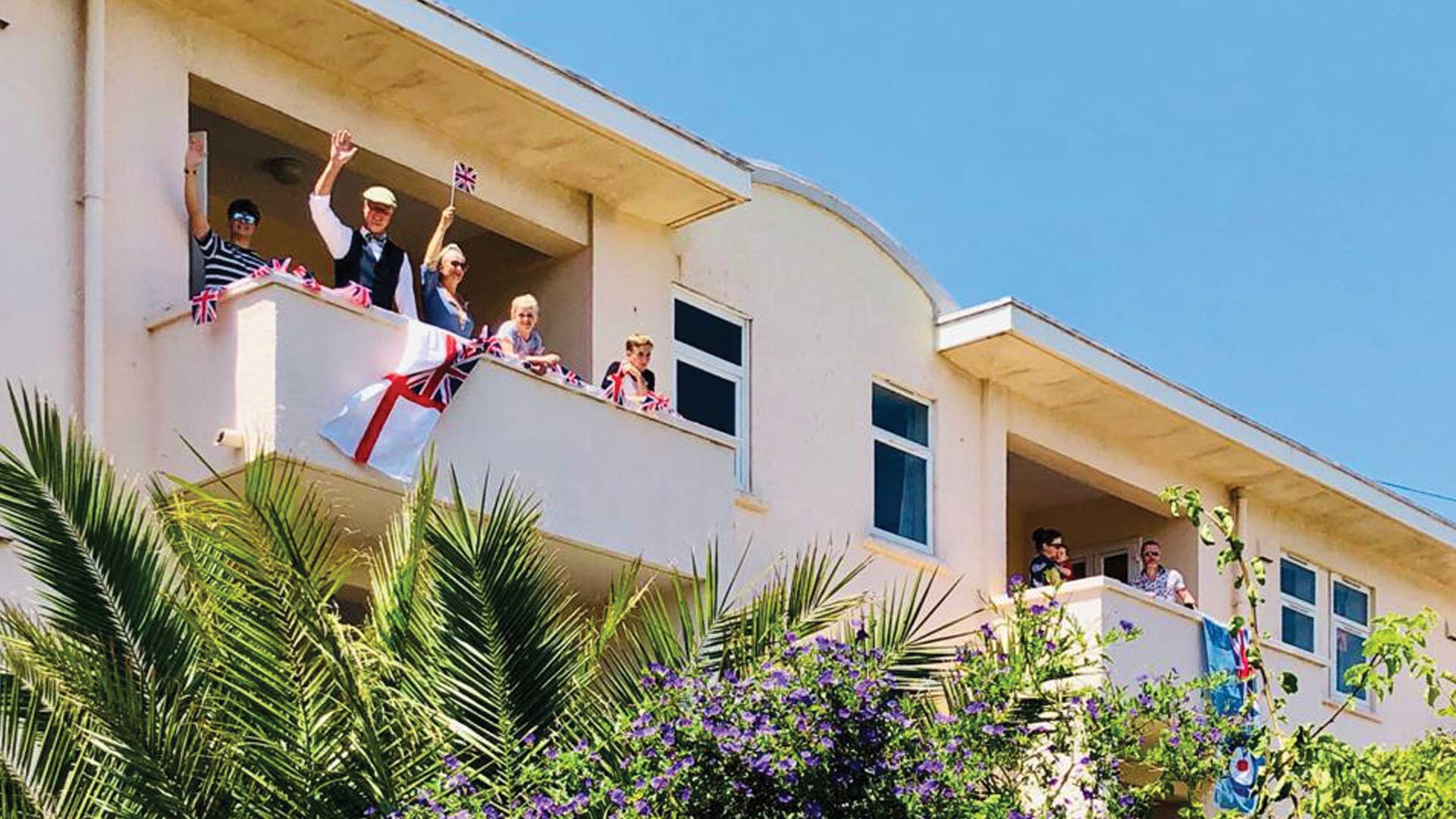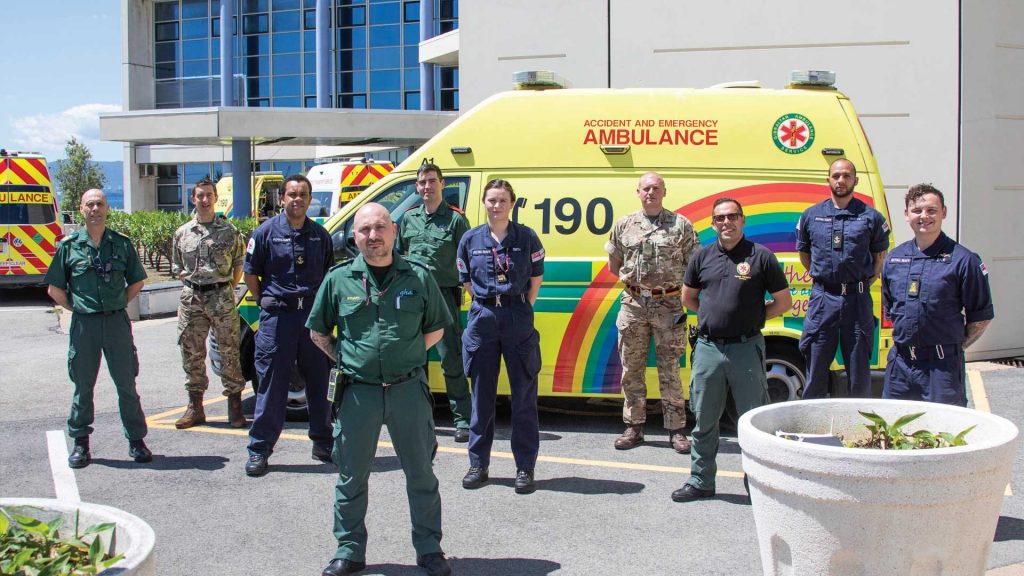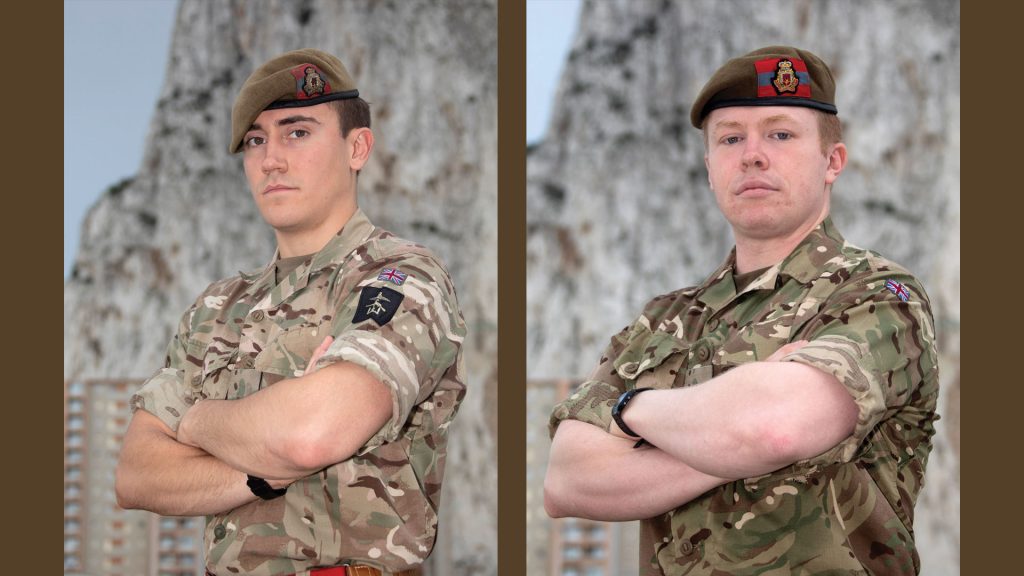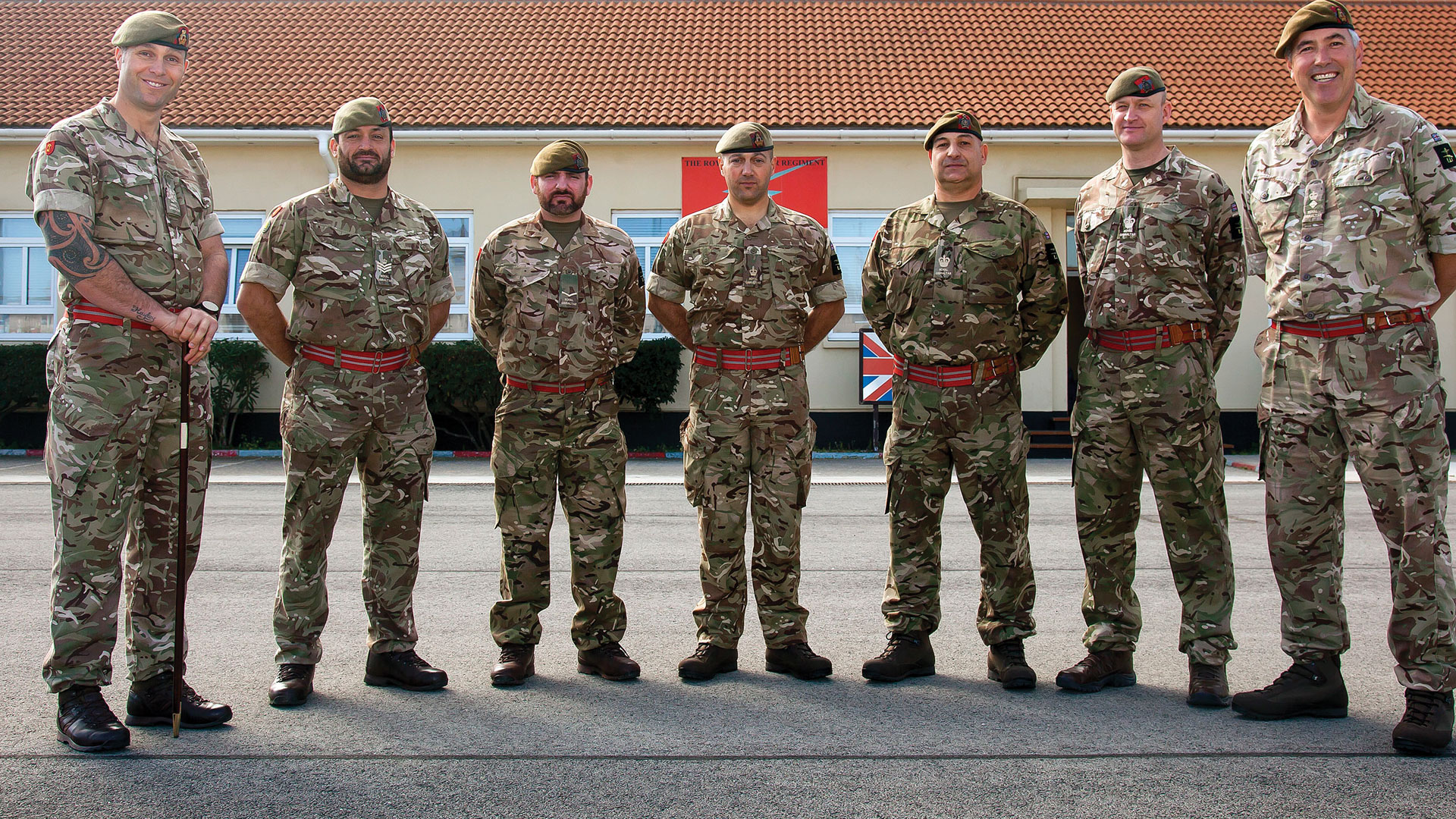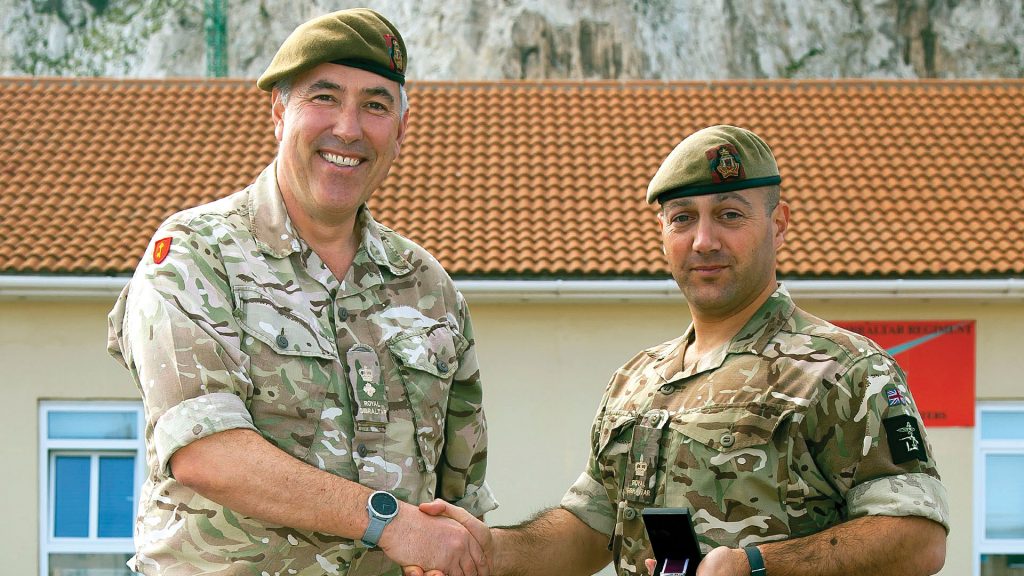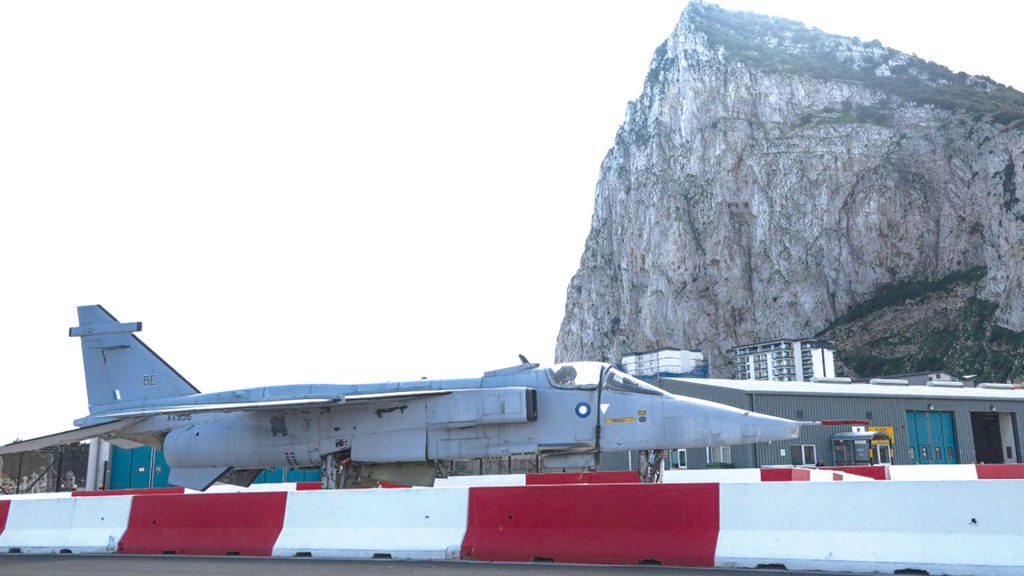37 YEARS ON
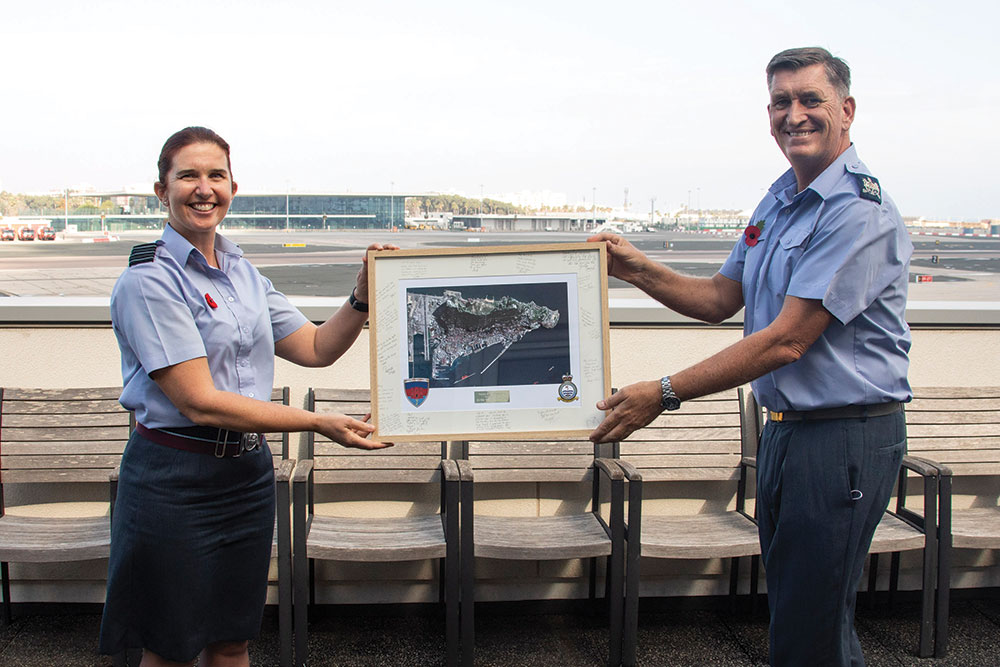
Thirty-seven years of loyal service to the Royal Air Force came to an end recently, when Warrant Officer (WO) Phillip ‘Phil’ Armitage left the service.
Mr Armitage joined the RAF in 1983 where he completed his Phase 1 training at RAF Swinderby. Phil then went on to serve at a number of RAF bases in the UK and overseas, including Northolt, Aldergrove, Akrotirti and Brize Norton.
Phil has been the Officer in Charge of RAF Movements in Gibraltar since 2013 and has been pivotal in ensuring all Air Transport aircraft operating from the airfield are handled safely and efficiently.
RAF Station Commander, Wing Commander Nel Doherty said: “It is true to say that Mr Armitage is loved and respected and will be truly missed by his RAF family, both here in Gibraltar and back in the UK.” Gibraltar Insight wishes him all the very best.
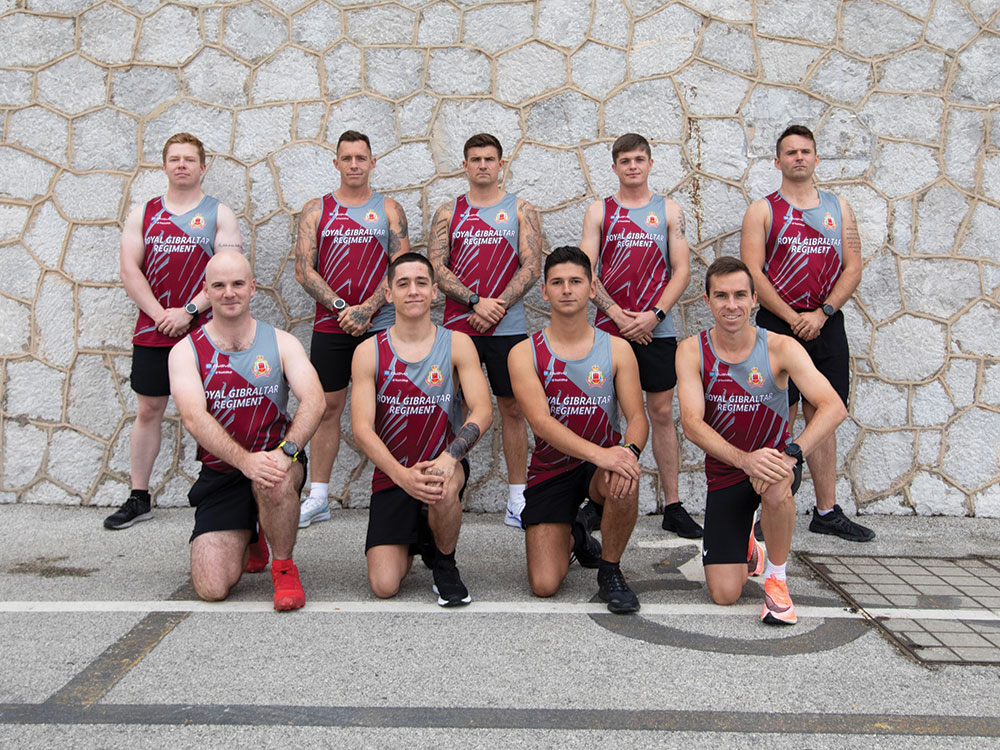
The Royal Gibraltar Regiment has launched its new athletics team. Led by Officer in Charge Colour Sergeant Joshua Whitaker and team captain Lance Corporal Arnold Rogers, the team ran its debut race at the Gibraltar Amateur Athletic Association (GAAA)’s 5 km road race on Sunday 8 November.
Royal Navy vessels
November witnessed visits from two Royal Navy vessels, HMS Kent and HMS Dragon. Both pulled into harbour for routine logistics support.

